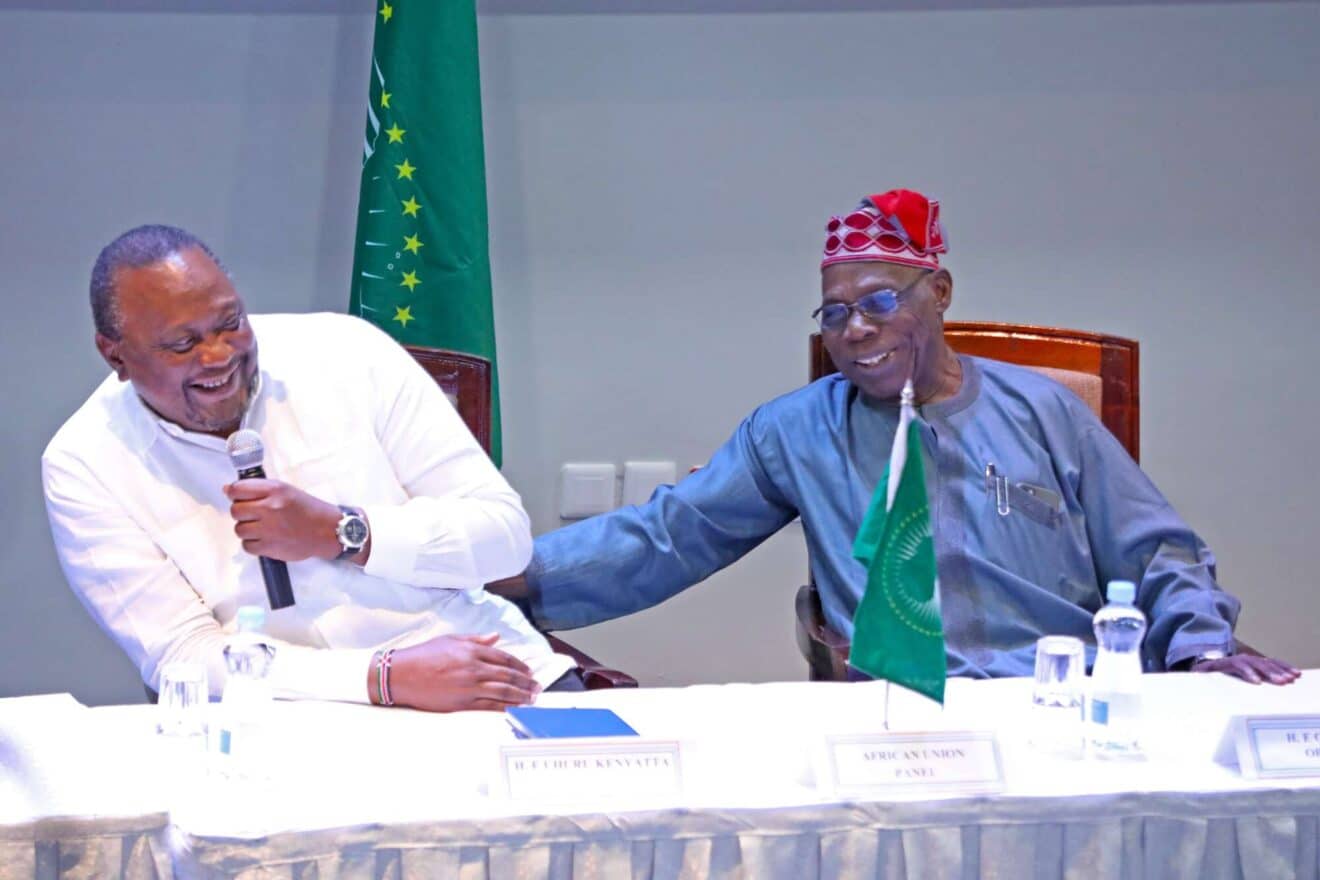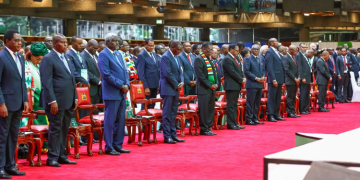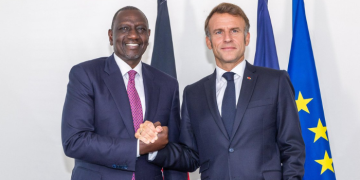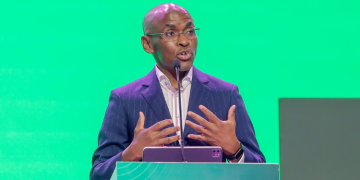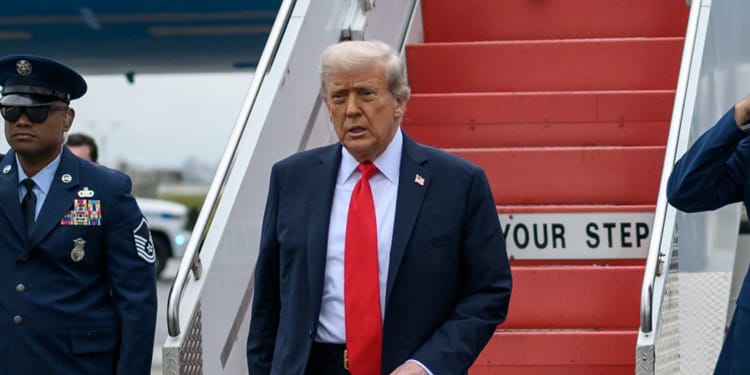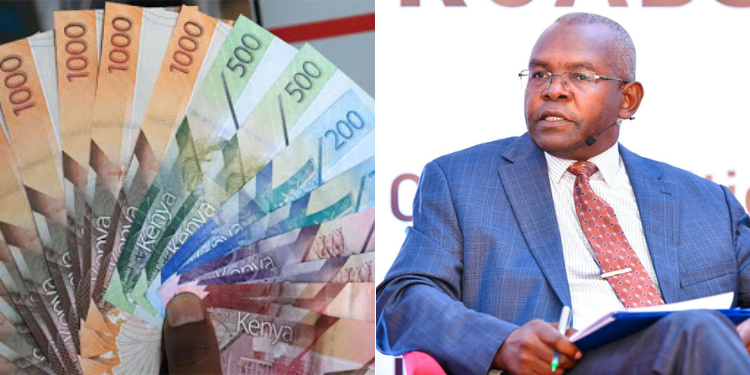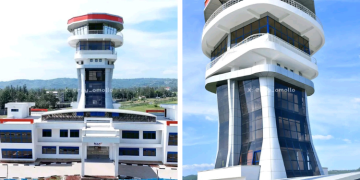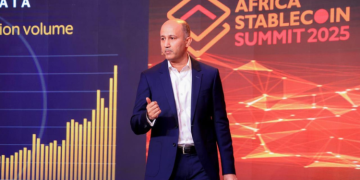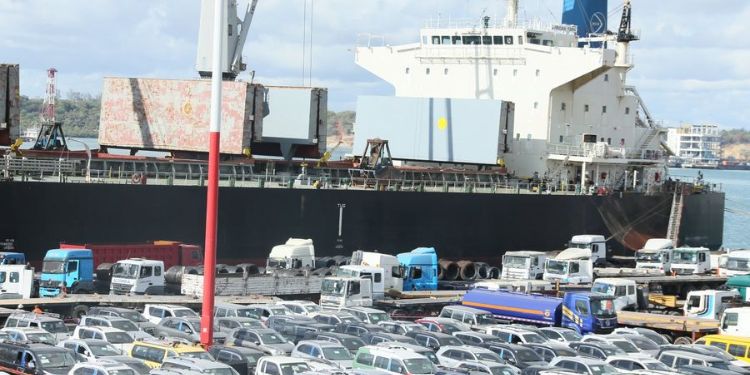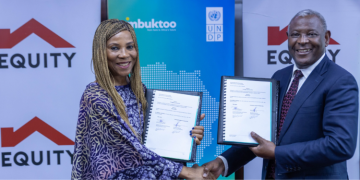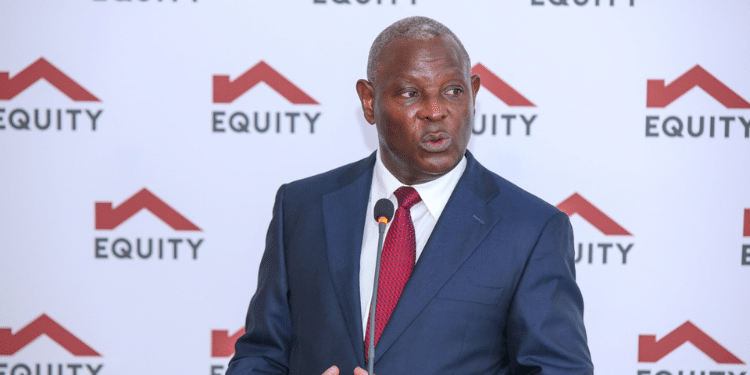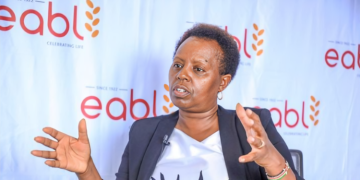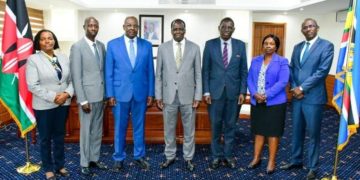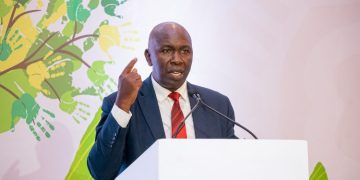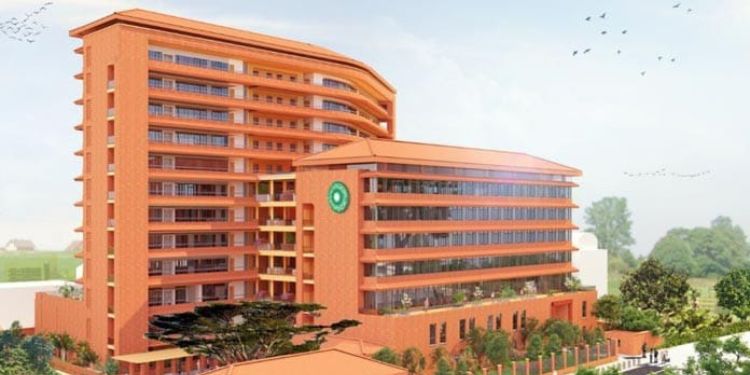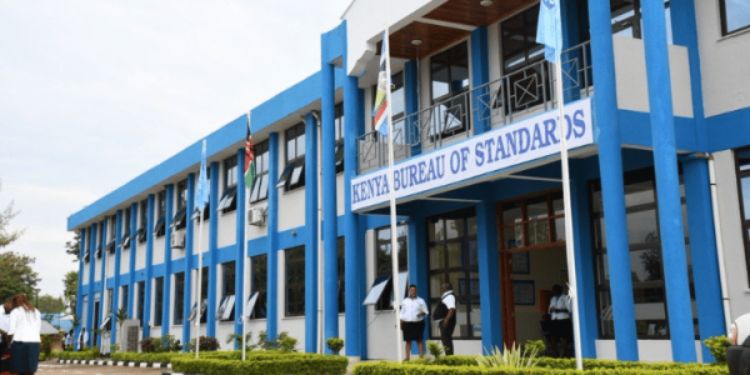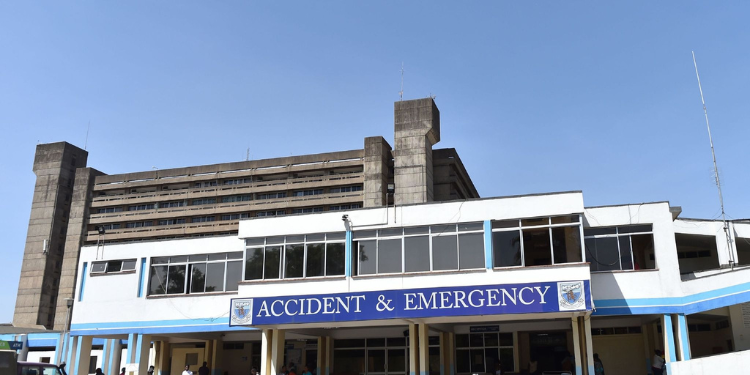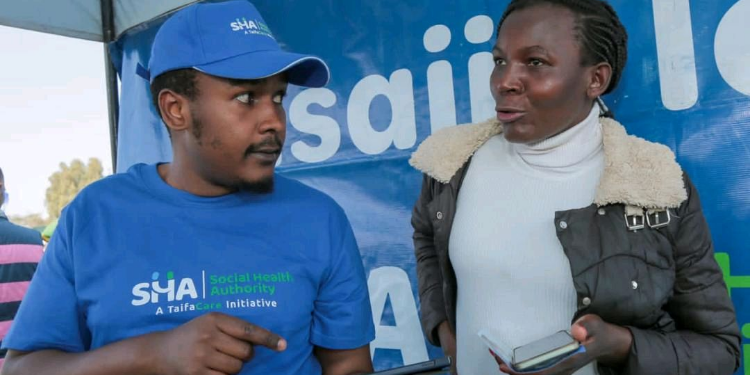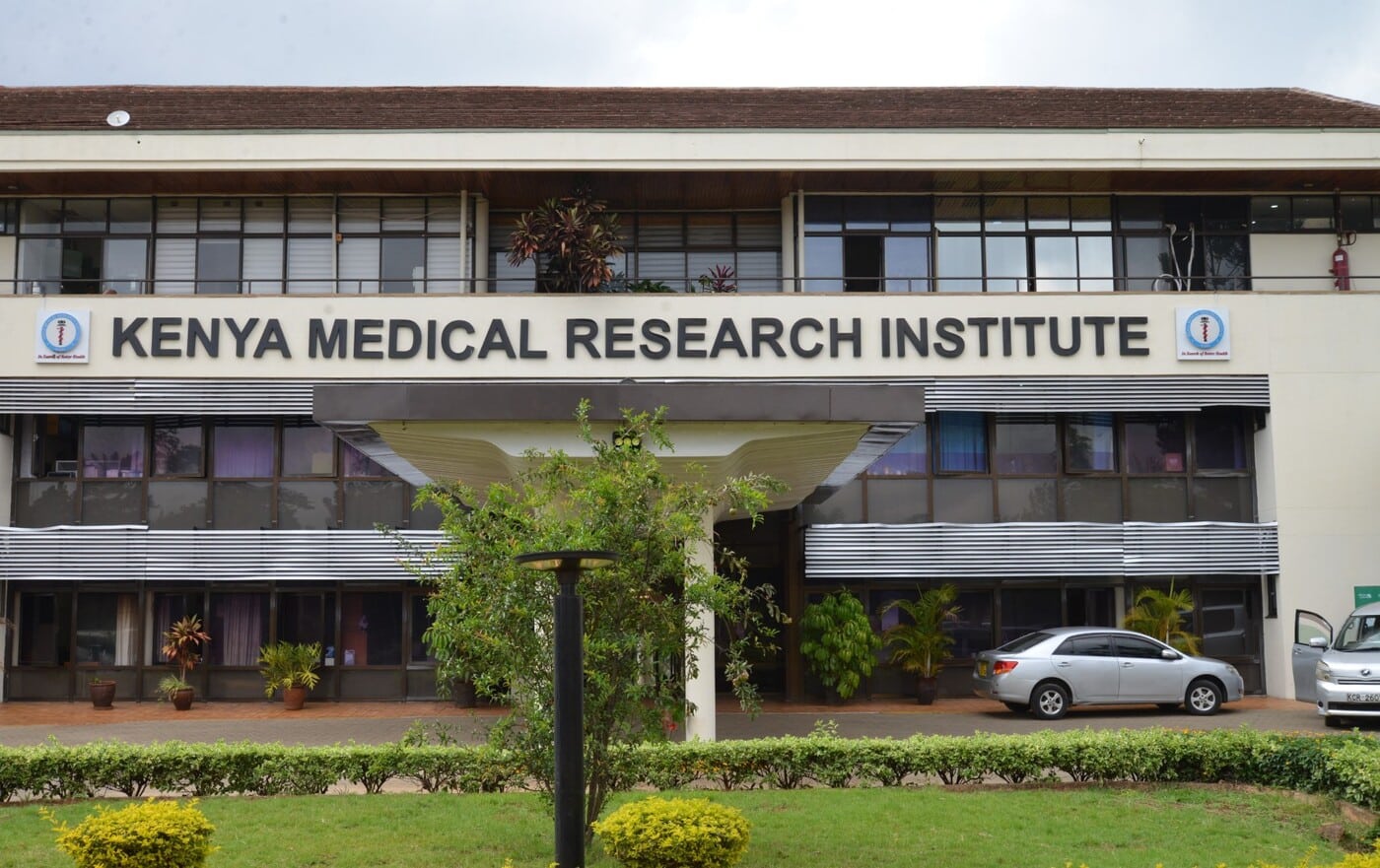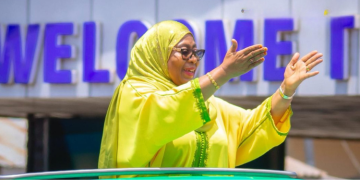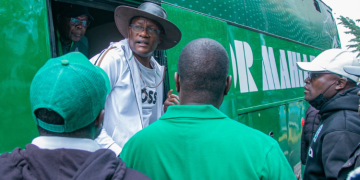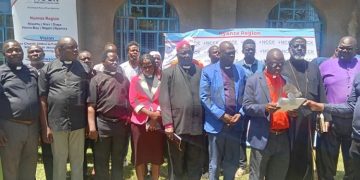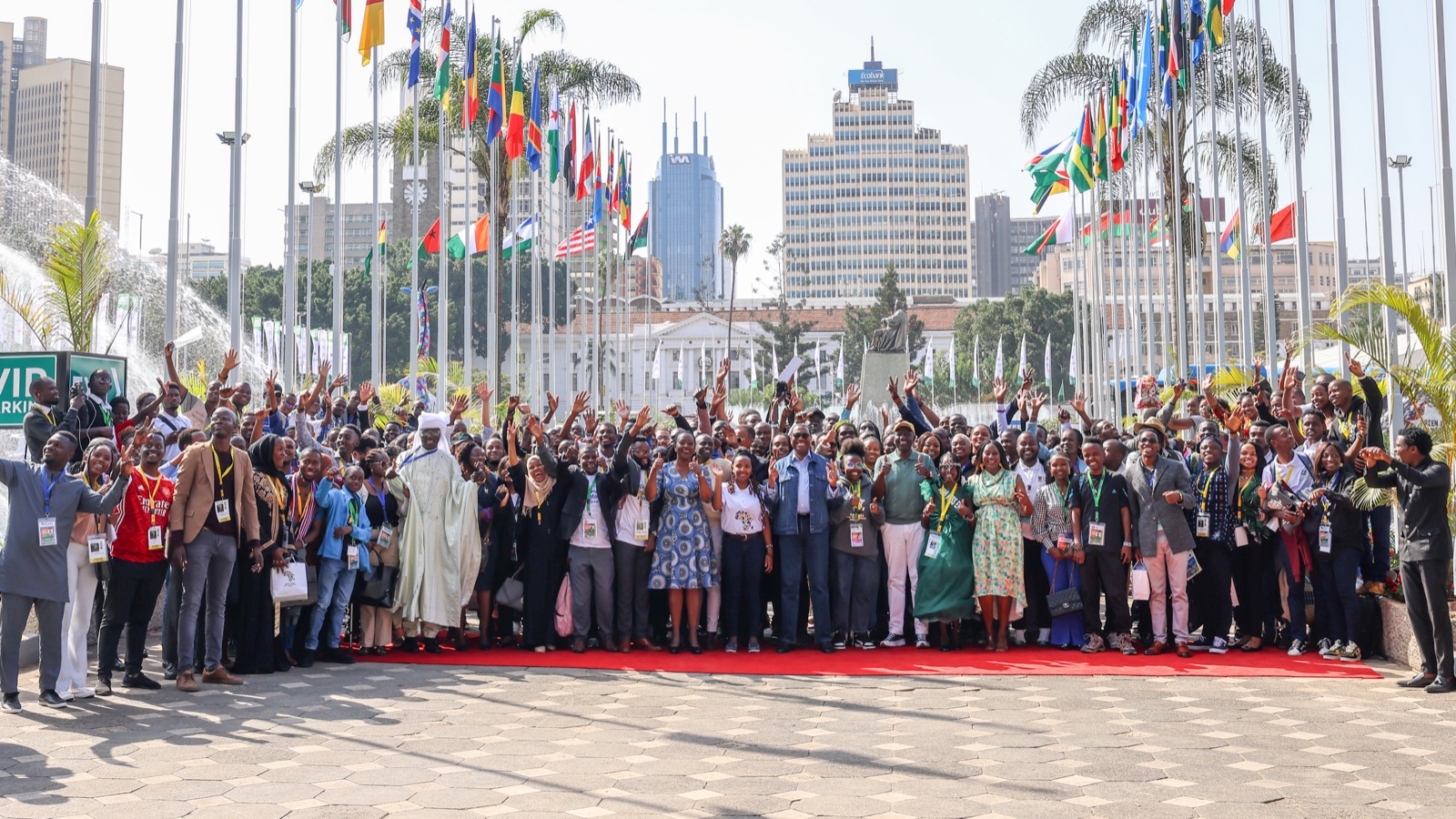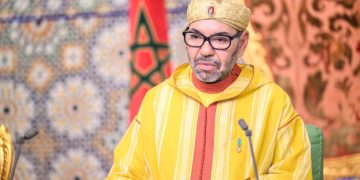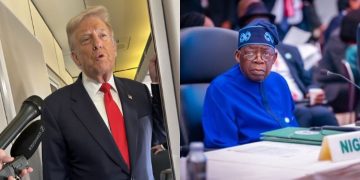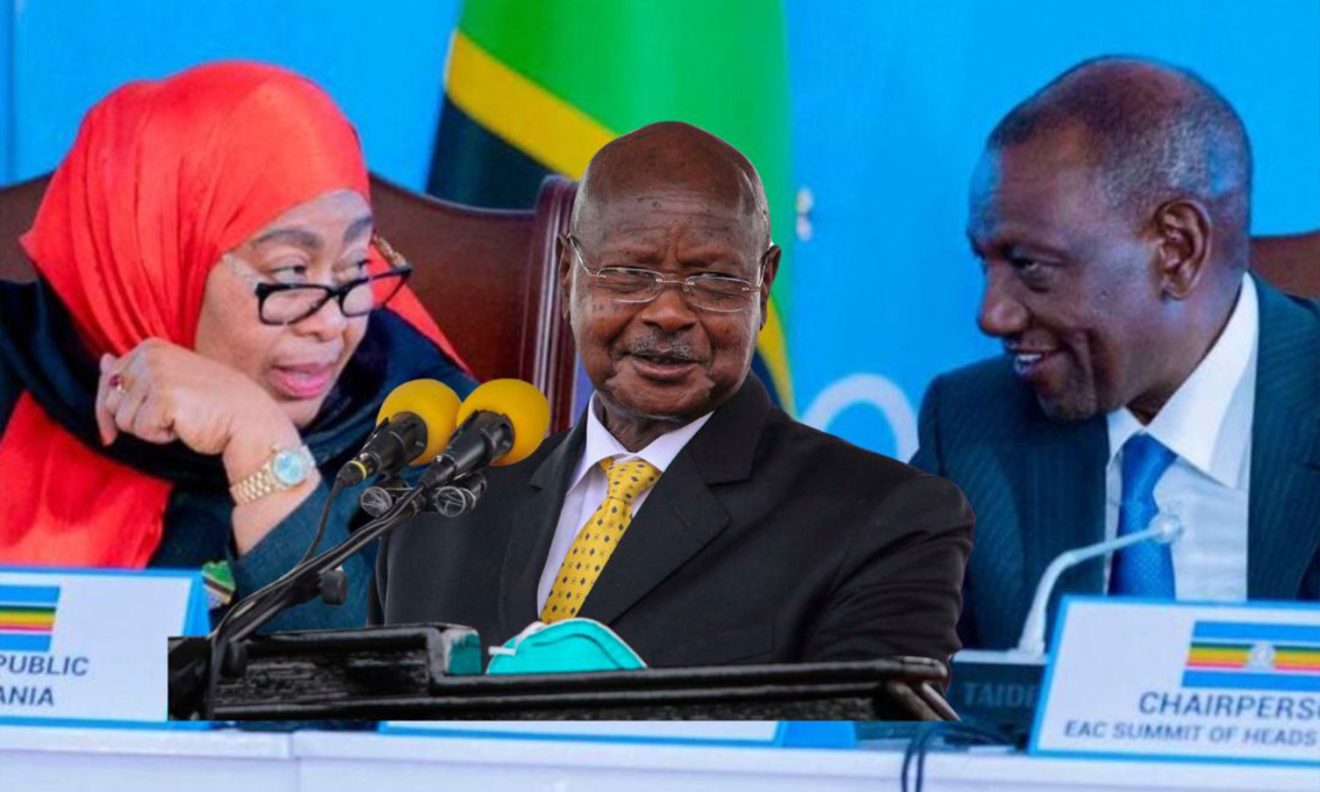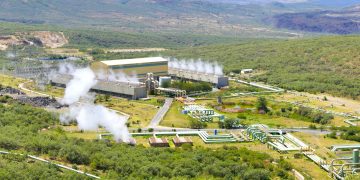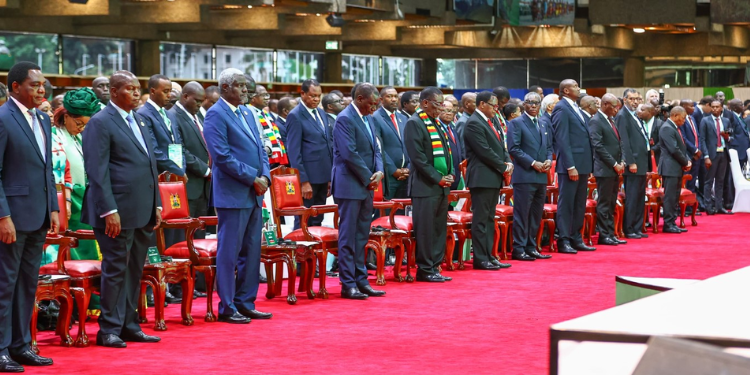The eleven chapters of this book, written by Olusegun Obasanjo, Greg Mills, Jeffrey Herbst, and Dickie Davis, are a goldmine of sound advice that can be leveraged by SMART governments, the private sector, households, and development partners to accelerate Africa’s achievement of the UN Agenda 2030.
Many African countries have developed long-term country visions that expressly delineate their development path from low per capita income to lower-middle income (USD $1,136 – USD $4,495) and upper-middle income (USD $4,496 – USD $13,935).
South Africa has its National Development Plan 2030. Ethiopia’s 10-Year Development Plan (2021-2030). Kenya has Vision 2030. Uganda Vision 2040. Tanzania Vision 2050. Rwanda Vision 2050. Nigeria Agenda 2050.
Africa’s UN SDGs, Agenda 2063 and National Development Visions
Ghana has its 40-Year National Development Plan (2018-2057). Senegal has Plan Senegal Emergent (PSE) 2014-2035 and Vision 2050. Vision Tunisia 2035. Algeria’s National Vision 2030. Egypt Vision 2030.Somalia’s Centennial Vision 2060.
UNECA estimates Africa’s annual financing gap for the SDGs at USD$1.3 trillion. The 17 UN SDGs global aspirations range from end poverty, zero hunger, healthcare and well-being, quality education, gender equity, clean water, sanitation and hygiene, affordable and clean energy, GDP growth, job creation, MSME development and financial access, infrastructure development and innovation, reduced inequalities, sustainable cities and communities, responsible consumption and production, climate action, blue economy, life on land, rights and institutions and partnerships for goals.
Africa’s Agenda 2063 comprises seven aspirations, including inclusive growth and sustainable development. An integrated and politically united continent hinged on Pan-Africanism and Africa’s Renaissance. Good governance, democracy, respect for human rights, justice, and rule of law.
A peaceful and secure Africa. Strong cultural identity, common heritage, shared values, and ethics. People-driven development, relying on the potential of African people, women, and youth, and caring for children. Strong, united, and influential global player and partner.
This vision for Africa, however, faces annual financing gaps, with infrastructure (including roads, railways, bridges, airports, seaports, energy, ICT networks, water, sanitation, and hygiene) suffering a shortfall of $170 billion per year. IFC estimates the African SMEs face a financing deficit of USD 331 billion annually.
Exogenous shocks have repeatedly reversed Africa’s gains.Covid19 pandemic wreaked havoc as global lockdowns disrupted supply chains, especially for vaccines, as Africa suffered from vaccine rationing, hoarding, nationalism, imperialism, and apartheid.
Subsequent global supply chain disruptions stemming from the Russia-Ukraine war led to Africa’s food import crisis and a global funding freeze due to high US Fed FFR and SOFR rates, resulting in global inflation spikes. Terrorism in Northern Nigeria, the Sahel, Horn of Africa, Somalia, and mineral-rich Mozambique has arrested economic growth.
Also Read: Why Lobito to Dar es Salaam Railway is Africa’s Secret to Unlocking Trade and Transport Potential
Regional geopolitical crises in Ethiopia’s restless Tigray region and border with Eritrea, Sudan civil war between SAF and RSF, and eastern DRC continue to foster a fall into war economies. The US defunding of USAID and WHO, as well as April 2025 liberation day tariffs, will ‘crowd out’ Africa’s social spending on health, education, social protection, safety nets, and humanitarian assistance.
Africa’s export promotion manufacturing route from low income to upper middle income, which underscored the economic miracles of Asian Tigers (Hong Kong, Singapore, South Korea, Taiwan) and Asian Tiger Cubs (Malaysia, Indonesia, Thailand, Vietnam, Philippines), will be severely compromised, more so if AGOA is not renewed.
About Urbanization, Democracy, Infrastructure, Agriculture and Mining
Chapter one advises Africa to unlock its urbanization dividend by investing in urban-centered growth as opposed to dependence on primary commodity exports.
Match the urban population explosion with rapid job creation by rethinking urban planning, promoting housing density, and implementing cost-efficient transportation systems.
Urbanization should be correlated with the rapid expansion of economic opportunities for poverty reduction, achieved by simultaneously leveraging both rapid industrialization and a revolution in agricultural productivity.
Chapter Two posits that democracy and development are inextricably linked, as a democratic government represents the interests of the general population, rather than those of an elite.
It asserts that democratic governments have superior global economic prosperity and stability. Democracy must be crafted to address PESTEL challenges facing the country, promote private sector growth and enrich the population, focus on institutions, and mute threats to democratic elections and institutions.
Chapter three notes that modernization via world-class CAPEX infrastructure is an enabler and precondition for private sector-led growth. Infrastructure is the oil that turns the wheels of the economy.
It recommends that African countries ring-fence to ensure that long-term capital infrastructure projects are not derailed. Chapter Four advocates for the mechanization of agriculture, economies of scale, and increased yields as the key to feeding Africa’s growing urban population. It calls for the modernization and mechanization of Africa’s agriculture to become the food basket of the world.
Mining, Manufacturing, Services and Technology
Chapter five highlights that Africa needs to focus more on value addition in mining to create more jobs and earn more foreign exchange than unrefined primary commodity exports.
It calls for Africa to improve policy stability and certainty, generate cheap electricity, build infrastructure for logistics, and promote domestic manufacturing opportunities to attract mining FDI.
It identifies the problem of primary commodity exports dependence as the over-reliance on the cyclical global commodity prices, which are prone to the boom-bust business cycles.
It recommends the need for deliberate government policy to manage fluctuations in commodity prices and insulate the long-term vision of investors.
Africa has to manage its Dutch Disease, where over-dependence on commodities leads to failure to develop a more diversified economy, thus posing a structural economic risk given the apparent causal relationship between an increase in the economic development of a specific sector (e.g. oil, copper, diamonds etc.) and a decline in other sectors (e.g. manufacturing, agriculture etc.).
Chapter six asks whether Africa will be the next China (factory of the world) in manufacturing-led economic growth. It calls for a ‘Move to Africa’ campaign with deliberate lobbying and policies to improve ease of doing business conditions and reduce opportunities
for corruption to attract low-wage manufacturing firms to relocate production to Africa. It advocates ‘Mindfacturing’ through the development of basic manufacturing skills and complementing them with relevant education, research, and training institutions. It advises the need for Africa’s economic integration into a market with a large combined population and GDP
Chapter seven highlights that Africa’s services sector offers high potential for leapfrogging states of development and creating large-scale jobs at fairly low levels of capital injection.
It noted that Africa’s services share of GDP was around 50 percent, comprising trade (whole/retail), professional services, ICT, Tourism, banking, insurance, travel (roads, sea, air), public administration, real estate, logistics, health, and education. Financial penetration was then hovering at 30 percent, and insurance accounted for less than 2 percent.
Africa has high potential for tourism, as out of the 1.1 billion tourists in the world in 2014, Africa’s share was less than 5 percent. Of this, a significant 40 percent went to Morocco and South Africa, with 10 million tourists each. Kenya was spending approximately $ 140 million per year on medical tourism to India.
The national airlines of many African countries were in a state of decline. Chapter eight avers that the adoption of technology promises to help Africa leapfrog development paths pursued by the rest of the world.
For instance, the rapid adoption of mobile technology over fixed lines in telecommunications and mobile money in Kenya, rather than plastic debit and credit cards. Digital public infrastructure and government strategies can drive the rapid adoption of technology. ICT clusters and Business Process Outsourcing (BPO) can replicate the success story of Indian ICT software exports.
FDI, Planning for Success, Leadership and Delivery
Chapter nine advises that FDI attraction requires African governments to create stable and predictable policies to de-risk Africa and reduce barriers to entry for attracting the type and scale of private FDI capital that creates jobs and wealth.
Governments will need to improve the ease of doing business and their countries’ global competitiveness indices as key to the adoption of a business-friendly policy mindset for private sector growth. It notes foreign aid is not a principal financing for sustainable development.
It recommends the development of strong governance institutions and the enforcement of the rule of law to improve government capacity to perform and deliver. It views China’s Look East policy as a new alternative source of financing that should ensure value creation for the people, not elite capture and enrichment.
Chapter ten advocates for a long-term national development planning process to instill a sense of urgency, promoting growth and creating jobs as immediate priority imperatives. It emphasizes the need for the government to partner with business and to reject government supremacy and primacy.
Also Read: How Stablecoins Could Change the Way Africa Sends and Receives Money
It notes that many African countries have long-running, complex national development plans that require dedicated and high-skilled technocrats to deliver.
Chapter eleven concludes that solving Africa’s challenges requires strong, reformist, and transformational political leadership. Leadership should use democracy to instill Lee
Kuan Yew’s type of disciplined nationalism, while explaining the country’s development path, vision, and national narrative.
Leaders’ focus should be on Execution! Execution! Execution! Accountability and transparency by leaders are paramount. Leaders must develop and strengthen institutions. A country is a mirror reflection of its leadership. A county cannot be greater than its leadership.
Follow our WhatsApp Channel and X Account for real-time news updates.
